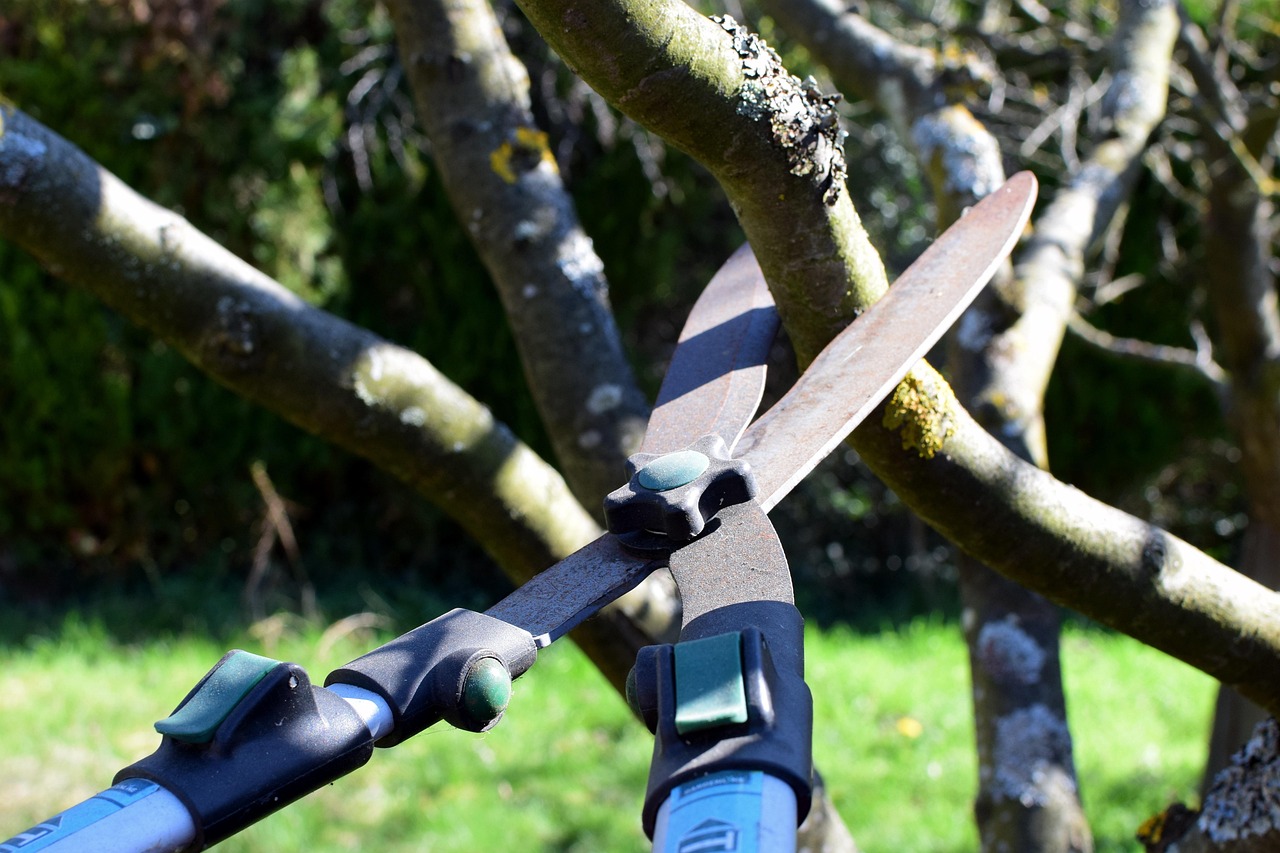Proper pruning of walnut trees is essential for producing high-quality, straight-grained lumber. This guide highlights expert techniques, optimal timing, and tools needed to promote healthy growth, improve wood appearance, and prevent defects. Consistent, precise pruning ensures your walnut trees yield the best timber possible.
I remember the first time I pruned a walnut tree—I was nervous about making the right cuts. But I soon realized that understanding the tree’s growth patterns makes all the difference. Walnut trees are prized for their straight trunks and rich grain, so I always focus on shaping them carefully to enhance those features. My advice? Use good, sharp tools like pruning shears or a hedge trimmer, and make clean cuts to prevent damage. Trust me, cheap or dull tools can cause splintering, which hampers healing and can invite disease.

From my experience, pruning walnut trees can drastically influence the quality of your lumber. I’ve seen poorly pruned trees develop knots, twists, and other defects that lower their value. That’s why I always recommend opening up the canopy to let in more sunlight and air—this promotes healthier growth, results in straighter trunks, and creates a more uniform grain pattern. Plus, good airflow helps stave off pests and diseases, which is a plus in my book.
Understanding Walnut Tree Growth — What I’ve Learned
Walnut trees tend to grow tall and straight, with a sturdy trunk. But their growth rate can vary quite a bit depending on conditions like soil, climate, and water. I’ve noticed that in deep, nutrient-rich soils, they grow faster and stronger—sometimes up to 3 feet a year! That rapid growth keeps me on my toes because I know the tree needs regular pruning to keep its structure sound and suited for high-quality lumber.
- Soil Quality: I always make sure my walnuts are in well-drained, nutrient-rich soil.
- Climate: They thrive in temperate zones with good rainfall, so I plan my pruning schedule accordingly.
- Water: I try to maintain consistent watering, especially during dry spells, to support steady growth.
From my experience, keeping a close eye on environmental factors helps me decide the right time and method for pruning. When the trees grow fast, I pay extra attention to their structure to prevent branches from crossing or becoming weak.

Pro-Tips
When I first started pruning walnut trees, I learned the hard way that using dull or cheap tools can cause more harm than good. Always invest in sharp, high-quality pruning shears or a pruning saw; clean cuts promote faster healing and reduce disease risk. I once tried to rush through a pruning session with worn-out tools, and I ended up causing splintered branches that took longer to recover—lesson learned!
Another mistake I made early on was removing too much of the canopy at once. I thought more drastic cuts would give faster results, but I found that removing no more than 25% of the total foliage each time helps keep the tree stress-free and healthy. Patience is key—gradual thinning ensures better airflow and light penetration without overwhelming the tree.
I also used to prune during the wrong seasons, especially in summer, which stressed the trees and slowed their growth. Over time, I realized that late winter or early spring, when the tree is dormant, is the best window for major pruning. This minimizes stress and helps the tree recover faster. Remember to avoid heavy cuts during active growing seasons.
One thing I overlooked initially was the importance of cleanliness. I used to leave cut branches lying around, which could harbor pests or diseases. Now, I always clear away debris after pruning and sanitize my tools regularly. It’s a simple step that makes a big difference in maintaining tree health.
Lastly, I used to neglect proper mulching and soil care, which are essential for supporting healthy growth. Applying a 2-4 inch layer of organic mulch evenly around the base of the tree prevents weed growth, retains moisture, and provides nutrients slowly over time. I’ve found that a holistic approach—combining careful pruning, proper timing, soil health, and consistent watering—yields the best results for high-quality walnut timber.
Why I Always Prune Walnut Trees — The Benefits I’ve Observed
In my years of pruning walnuts, I’ve noticed some key benefits that keep me coming back to this practice:
- Better Wood Quality: When I prune properly, I reduce knots and twists, making the lumber more valuable.
- More Sunlight: Clearing out excess branches allows sunlight to reach every part of the canopy, leading to lush, healthy leaves.
- Improved Air Circulation: Good airflow discourages pests and disease—something I always watch for.
- Stronger Structure: Pruning encourages the development of a sturdy framework capable of supporting larger branches and heavier fruit loads.
This all ties back to health—healthy trees produce better lumber, plain and simple. I really believe that understanding the right timing and techniques is essential for anyone serious about forestry or woodworking.
My Timing Tips — When I Prefer to Prune
Over the years, I’ve found that late winter or early spring, just before new growth begins, is the best window for pruning. The trees are dormant then, which means less stress and a lower chance of disease. I always check the weather forecast—I avoid pruning just before a frost or during a warm spell, as this can confuse the tree and lead to damages or stress.

| Season | Recommended Action | Why |
|---|---|---|
| Winter | Major pruning | Tree is dormant; less stress on branches |
| Spring | Light pruning | Encourages new growth and shapes the tree |
| Summer | Avoid heavy cuts | Tree is actively growing, and stress can slow it down |
While I don’t recommend heavy pruning during summer, I always keep an eye out for dead or diseased branches. Removing those quickens healing and keeps the tree healthy.
My Favorite Techniques — How I Get Professional Results
When I prune, I like to use a few proven techniques to get the best results:
- Thinning: I selectively remove small, overcrowding branches to improve light and airflow. I always aim to retain well-spaced branches, removing no more than about 25% of the canopy at a time. Rushing this can stress the tree.
- Crown Reduction: If the tree gets too tall, I carefully shorten the height by making cuts just above lateral branches, but I do it gradually. This keeps the tree manageable and aesthetic, without harming its health.
- Deadwooding: Regularly, I check for dead or diseased branches and remove them back to healthy wood, always making clean cuts. It’s a small task but makes a big difference for overall vitality.
- Shaping: I shape the tree to encourage a natural, balanced outline, which benefits both growth and lumber quality.

I’ve learned that patience, sharp tools, and subtle cuts are the keys to healthy pruning. Making jagged cuts or removing too much at once can set back the tree’s development and affect your lumber quality long-term.
Pruning in Response to Weather — What I Always Keep in Mind
Weather can be a tricky factor. I always prefer to prune during the tree’s dormant season—winter—because cold weather slows sap flow, reducing stress and disease risk. I avoid pruning before a late frost since that can damage new buds or cause dieback. Soil moisture also matters. When the ground is wet, I hold off because wet roots are more vulnerable. During droughts, I water deeply beforehand and avoid heavy pruning. Consistent watering and proper timing are simply my go-to practices.
The Mulching Bonus
Post-pruning, I always apply mulch around the base. It’s something I swear by because it helps retain moisture, keeps weeds at bay, and slowly adds nutrients to the soil as it decomposes. I steer clear of piling mulch against the trunk—about 2-4 inches of organic mulch spread evenly is perfect. I keep replenishing it as needed throughout the year to keep the roots happy and healthy.
My Personal Pruning Schedule
To stay organized, I follow a simple yearly cycle. Major cuts happen in late winter, usually February or March, when the trees are fully dormant. Light shaping and cleaning up I do in early spring. During summer, I keep an eye out for pests and dead branches, but I avoid heavy pruning—growth are in full swing then. Come fall, I reassess and make minor tweaks if needed. This routine has worked well for me to maintain healthy, high-quality walnut trees.
My Holistic Tree Care — More Than Just Pruning
Pruning is part of a bigger picture. I always pair it with fertilization—testing soil periodically and adding organic amendments—and consistent watering. Pest and disease control are ongoing; I regularly inspect the trees and intervene early. These combined efforts boost the trees’ resilience and optimize lumber quality.
Final Words from My Experience
Walnut pruning isn’t just a chore; it’s a rewarding craft that pays off with stunning timber and healthy trees. I always tell myself that patience, correct timing, and attention to detail will serve me well. When managed thoughtfully, these majestic trees become not only a source of beautiful wood but also a legacy you can be proud of. Keep learning, stay observant, and enjoy each step of the journey—the results are worth it!
